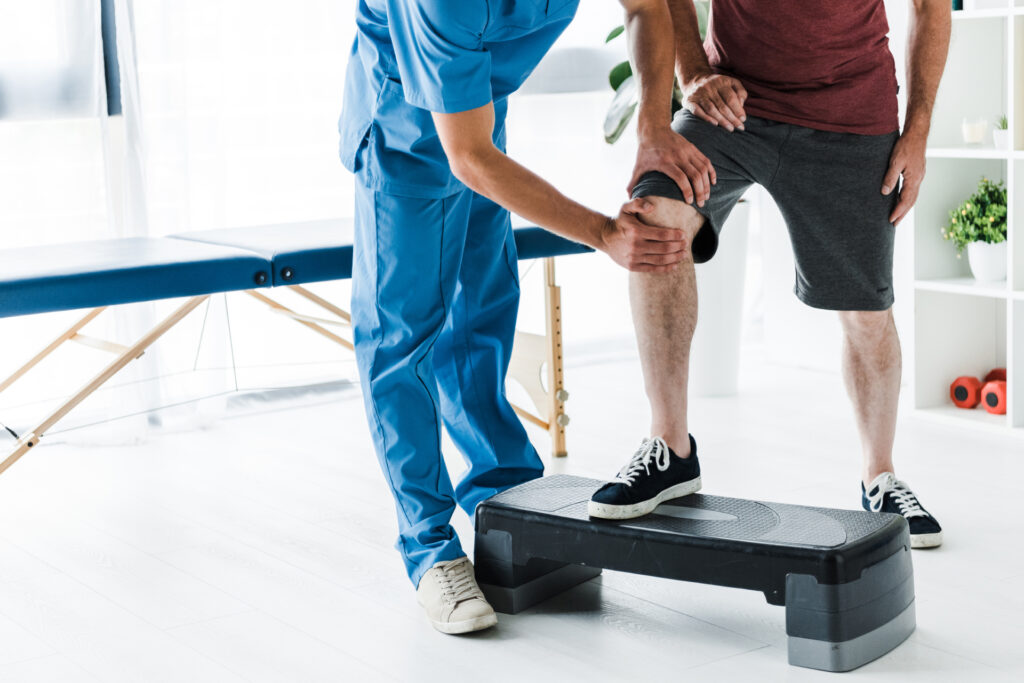Treating Musculoskeletal Conditions with Exercise
Common conditions we treat with exercise include:
Our 4 Step Approach
Step 1: Assess
As qualified allied health professionals, we are trained in clinically assessing our client’s current physical condition and medical history. This provides a solid framework for managing musculoskeletal health.
Step 2: Plan
Step 3: Coach
We involve our clients in the knowledge or the ‘why’ behind our recommended exercises and lifestyle changes from day one. Their ownership of the journey is a crucial step to achieving desired results.
Step 4: Monitor
We track all progress from the start. Whether it’s a reduction in pain, improved balance or coordination. Our clients know where they started and how each session is working toward their ultimate goals.
Treating chronic pain with exercise
Chronic pain refers to pain that is present most days and lasts beyond an average healing time of 3 months. The Australian institute of health and Welfare reports that 1 in five Australians experienced chronic pain in 2016. Chronic pain can be caused by illness, injury, accident, nerve damage or other chronic diseases. Sometimes the direct cause is not known.
For people experiencing chronic pain the idea of introducing physical activity can seem illogical. The opposite may in fact be true. Studies are beginning to show increases in the appropriate physical activity can lead to reduction in pain severity and duration. Research is also showing the slowing of symptoms caused by a lack of activity. Improvements in psychological health and fatigue were also evident.
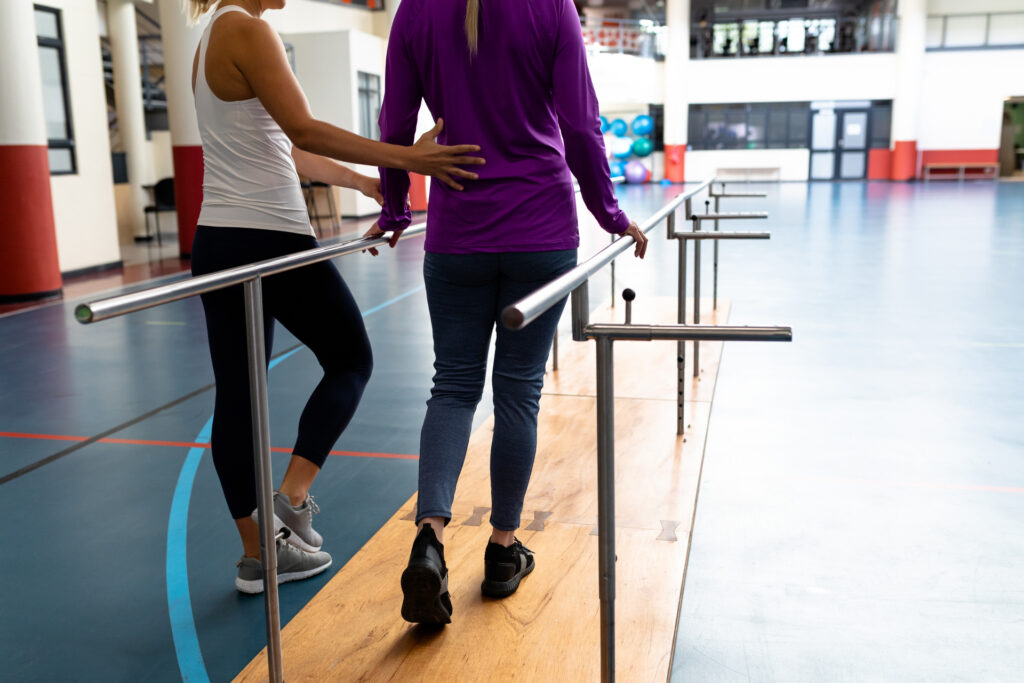
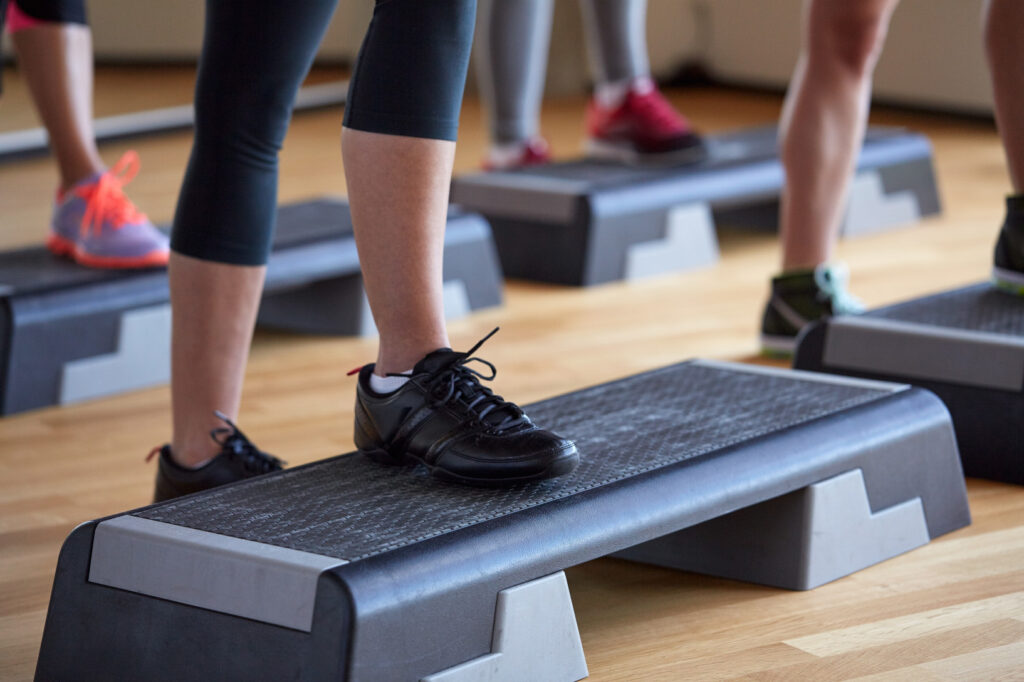
Treating Osteoarthritis with exercise
Arthritis Australia defines osteoarthritis as a “condition that affects the whole joint, including bone, cartilage, ligaments and muscles”. Although often described as ‘wear and tear’ condition, osteoarthritis is now thought to be the result of a joint working extra hard to repair itself. Osteoarthritis is a serious condition without a known cure and affects almost 1 in ten Australians.
The symptoms of osteoarthritis vary from person to person and our clinical approach to assessment allows the most appropriate prescription of exercise for our clients.
Treating Osteoporosis with exercise
Osteoporosis is a condition that affects bone density and is caused by a loss of minerals in the body. Reduced levels of calcium cause bones to become brittle. Minor falls and impacts can cause breaks and fractures. The condition is believed to be under diagnosed. Diagnosis often happens after a bone break or fracture is experienced. BMD (Bone Mineral Density) testing is used to determine bone density and can diagnose the condition.
Clinical exercises have been proven to improve bone strength. As bones adapt to exercise and loading in the same way as muscles and connective tissues, exercise is often part of the management of osteoporosis.
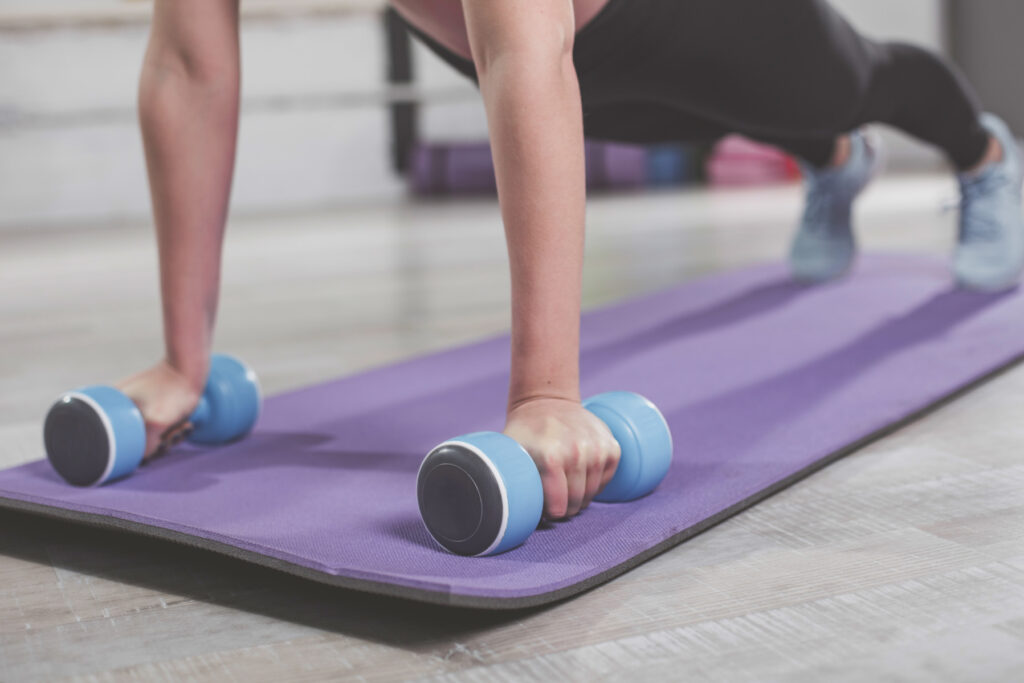
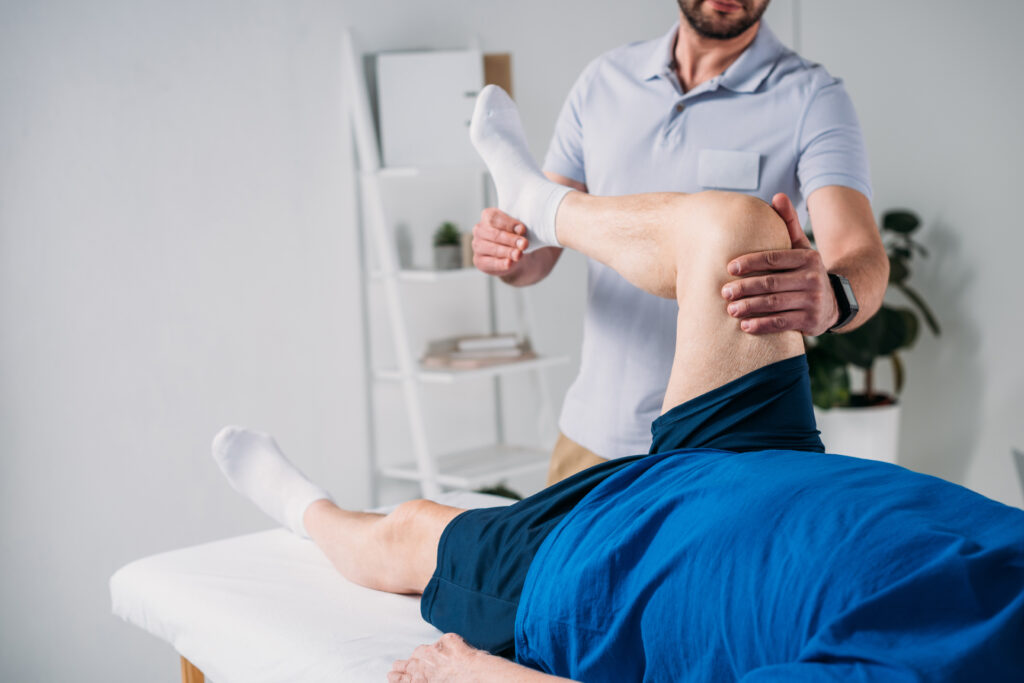
Treating Osteopenia with exercise
Osteopenia is a condition that affects bone density, although not the same degree as osteoporosis. It can develop into osteoporosis and is defined as a loss of minerals in the body. Most often diagnosis will occur when a bone break or fracture is experienced.
We approach osteopenia in a similar manner as osteoporosis with tailored exercises to improve bone strength. Your bones, like muscles are adaptive to loads and respond to stimulation during exercise.
Using exercise to prepare for joint surgery
Our clients preparation for surgery is often referred to as ‘prehabilitation’ (or prehab). It involves strengthening the joint and surrounding areas prior to surgery. Like the construction of a building, your surgery will have a sturdier foundation to be built on.
Post-surgery stage is referred to as ‘rehabilitation’ (or rehab) and builds on the work you did before surgery and the surgery itself. Exercise are used to promote healing, circulation and aim to speed up recovery.
Compared to individuals who don’t prepare for surgery, those who do get an unfair advantage. Research unanimously promotes the benefits of ‘prehab’ and ‘rehab’ when it comes to improving the overall success and recovery following surgery.
